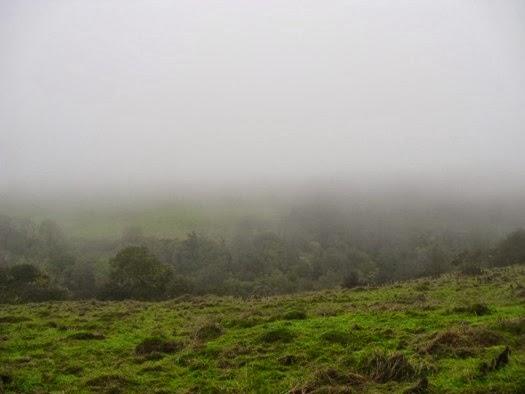For eight days in November I returned for more earthworm survey work with the Natural History Museum Soil Biodiversity Group, this time in Somerset and Berkshire. A small team of volunteers this time, just myself and long-time SBG volunteer Irfaan, travelled first to the Somerset site to continue work started the previous week. We had been informed the Somerset site was the most beautiful yet but when we arrived on Monday the fog was so thick we had to take David’s word for it! Thankfully, by Tuesday the sun had returned to reveal a superb landscape, the countryside you imagine from hundreds of years ago, with little patchwork fields fringed with ancient hedgerows.


What a difference a day makes in Somerset

Horse battered Yellow Meadow Ant (Lasius flavus) mound, at least two foot tall
 |  |
Digging and coring in Somerset, quite possibly the first time the soil has been broken by man!

Shire Horses in Somerset
Dipterological distraction: Noon Fly (Mesembrina meridiana) in Somerset (thanks to Georgie for this photograph from the previous week's visit)
If he had fallen over I could have bagged £300 pounds!
Once the location is marked with a flag it’s time to start over again taking measurements, digging a pit, taking samples and hunting for worms!

Irfaan and I intently sorting soil for worms
There’s one!
On this trip we came across one of my favourite species of earthworm, the Blue-grey worm (Octolasion cyaneum), this is the UK’s largest species of pale earthworm and is often a pretty bluish colour, with a yellow tail, but we did not get many of the big anecic earthworms that emerge after the mustard solution is added.
Blue-grey worm (Octolasion cyaneum)

Excitingly the very first pit had a bumper crop of the UK’s largest earthworm - Lumbricus terrestris emerge when the mustard solution was added, some were bigger than by baby snakes at home! Could this be because of higher organic inputs in this field than Somerset? The statistics will tell us in time (hopefully!).

Lumbricus terrestris expelled by mustard solution
Oh and yes the mustard solution is often made up in our hotel rooms, if your next stay has a whiff of Colman’s, maybe the SBG have been there!





